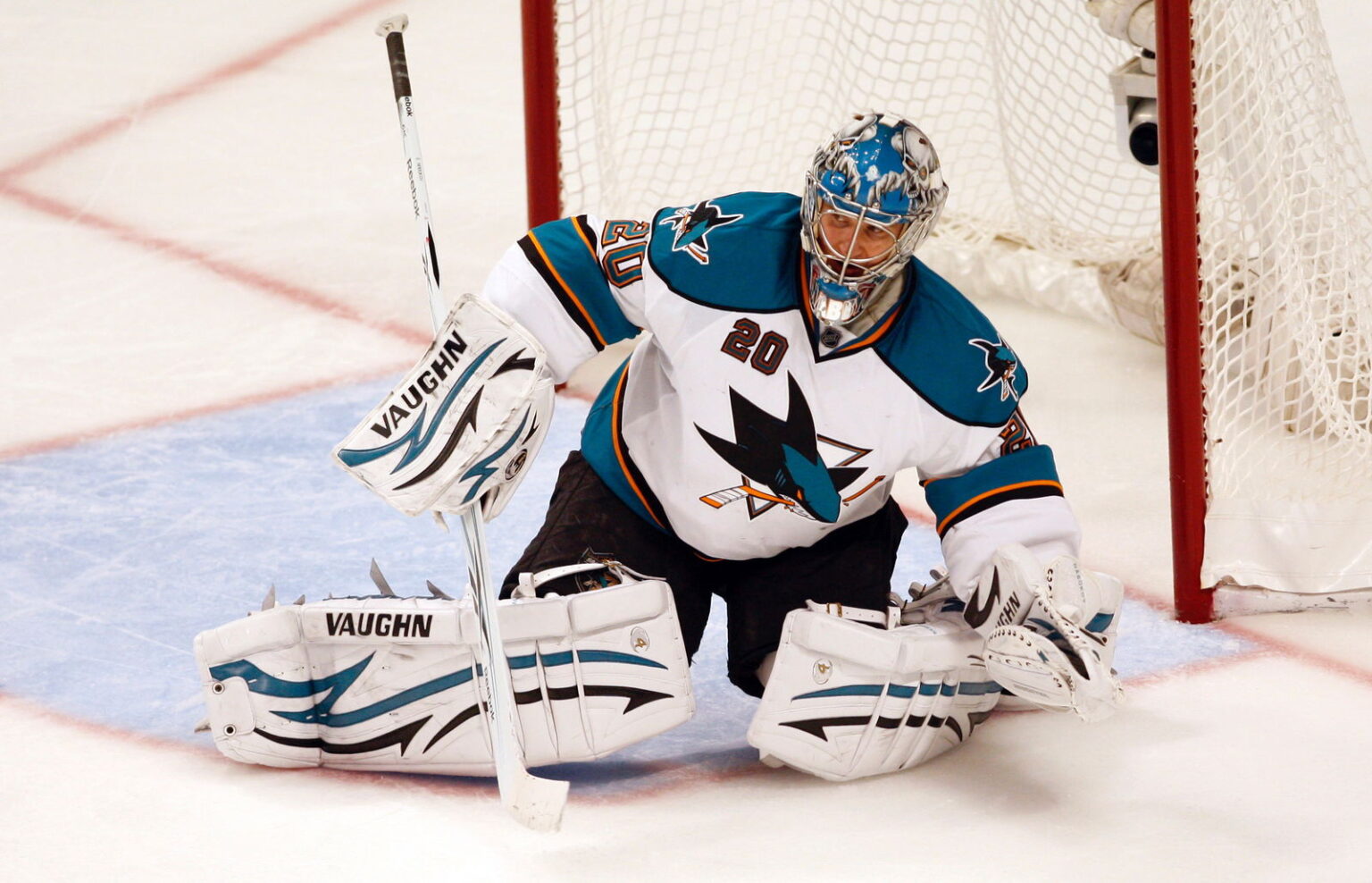Hockey News has made its extensive archive available to all THN subscribers, covering 76 years of hockey history, stories, and features. Interested readers can subscribe to access the full archive at THN or sign up for thn.com/free.
In the article “Nabokov or Kipursov” by Adam Proto, dated September 7, 2009, the NHL is described as entering a period of both progress and setbacks. As the season approaches, teams have largely finished restructuring their rosters, with a few exceptions like Ottawa’s Danny Heatley and San Jose’s GM Doug Wilson making significant moves. Early season performances will either build confidence or expose weaknesses, with the salary cap era increasing the negative impact of slow starts on certain franchises compared to historically stronger teams like the Detroit Red Wings.
The piece explores whether improving rosters mid-season is feasible given the difficulty of trading under collective bargaining contracts. It suggests that “lateral movement”—trades involving players of similar value—might be the most viable option. For example, a hypothetical trade could see Calgary’s Miikka Kiprusoff, a 32-year-old goalie with solid career stats, move to San Jose, while the Sharks send their 34-year-old goalie, Evgeni Nabokov, to Calgary. Although their contracts differ, such a swap would effectively be a strategic reshuffle benefiting both teams.
This idea is supported by a former NHL GM who notes that the Flames would welcome shedding Kiprusoff’s contract, while the Sharks would regain a familiar player in Kiprusoff. Nabokov is also recognized for his excellent puck-handling skills, adding dimension to the potential deal.
The article concludes that the NHL’s current cautious financial environment has lowered the benchmark for blockbuster trades. Teams are sticking to known quantities, minimizing risk, and seeking maximum value, meaning that lateral trades might dominate the market for the foreseeable future.
Fan Take: This insight into NHL trade dynamics highlights how financial strategy shapes team building in modern hockey. For fans, it underscores that even seemingly small roster moves can have big impacts, making every trade deadline an intriguing time to watch how teams position themselves for success.



